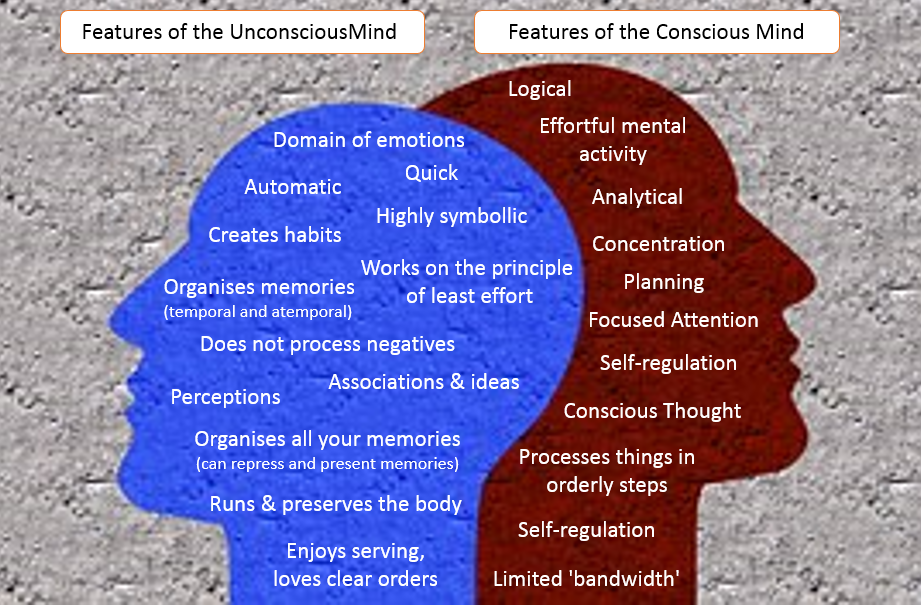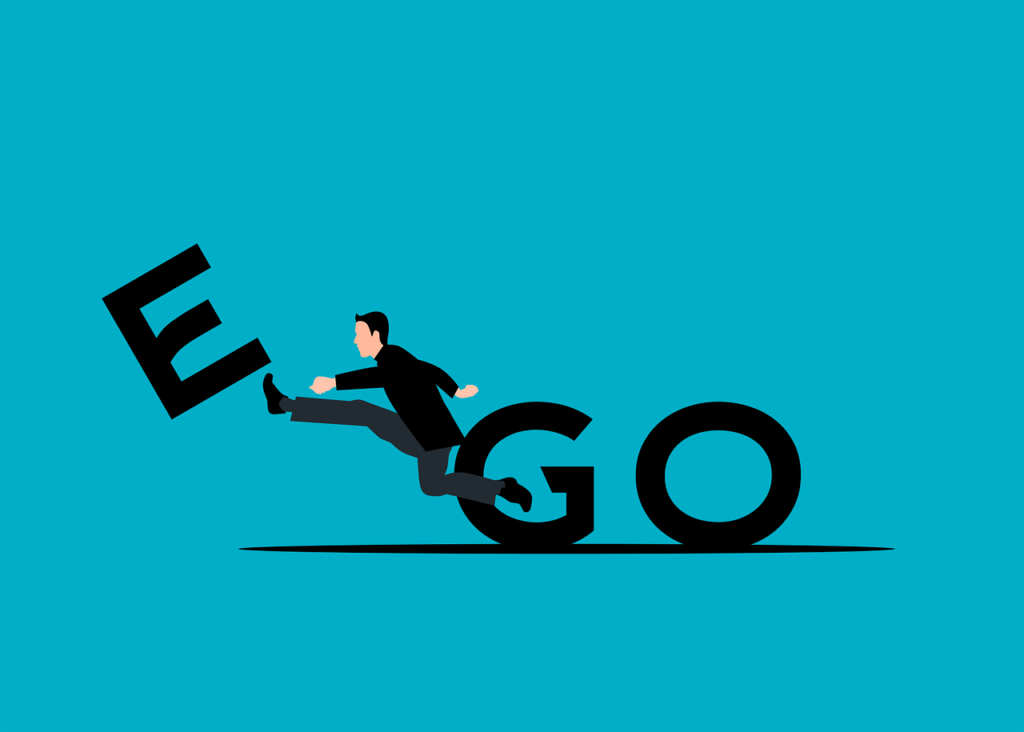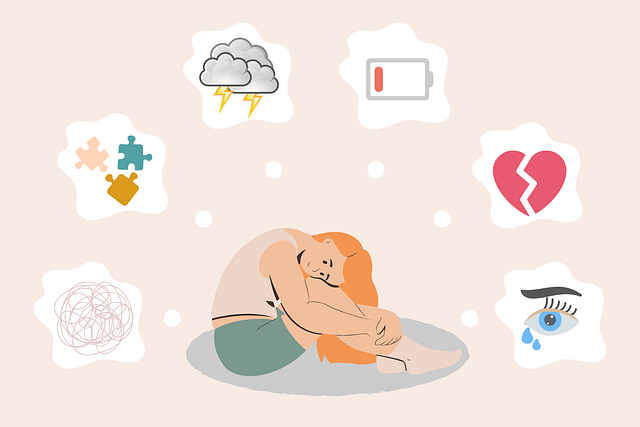Conscious and Unconscious Mind
For centuries, philosophers, scientists, and psychologists have debated how much of our mind is truly within our control. While we often feel in charge of our thoughts and actions, much of what shapes our decisions, behaviors, and emotions happens outside of awareness. This is where the distinction between the conscious mind and the unconscious mind becomes essential. Understanding this difference not only provides clarity about human psychology but also helps us improve emotional health, decision-making, and personal growth.

What Is the Conscious Mind?
The conscious mind refers to the part of mental functioning that is fully aware and active in the present moment. It is responsible for logic, reasoning, problem-solving, and deliberate decision-making. Whenever you think about a problem, plan your day, or recall information intentionally, you are using your conscious mind.
Key features of the conscious mind include:
- Awareness of current thoughts and actions.
- Focus on immediate tasks and responsibilities.
- Logical processing of information.
- The ability to make deliberate choices.
It acts much like the tip of an iceberg, visible and accessible, while the larger and deeper aspects of the mind remain hidden beneath the surface.
What Is an Example of a Conscious Mind?
A clear example of the conscious mind at work is solving a math problem. When you calculate numbers, focus on each step, and double-check your work, your conscious mind is in control.
Other examples include:
- Deciding what to eat for lunch.
- Reading a book and analyzing its meaning.
- Writing an email or message with deliberate wording.
- Remembering directions given to you earlier in the day.
All these activities involve intentional awareness and control.
What Is the Unconscious Mind?
The unconscious mind is the hidden reservoir of thoughts, memories, emotions, and desires that lie outside of conscious awareness. While we may not notice it directly, it plays a powerful role in shaping our behaviors, reactions, and mental health.
Psychologist Sigmund Freud was one of the first to describe the unconscious as containing repressed memories and desires, many of which influence actions without conscious recognition. In modern psychology, the unconscious is seen as the part of the mind that handles automatic processes, emotional responses, and deeply ingrained habits.
Key features of the unconscious mind include:
- Automatic behaviors and instincts.
- Emotional responses triggered without awareness.
- Long-term memory storage.
- Influences on dreams, creativity, and intuition.
It acts as the “engine room” of the psyche, quietly guiding much of human behavior.
What Is an Example of an Unconscious Mind?
Imagine you are driving a car. At first, learning to drive requires intense focus and conscious effort. But over time, many aspects—like braking, shifting gears, or turning signals—become automatic. This is your unconscious mind taking over.

Other examples include:
- Feeling nervous before a public speech without knowing exactly why.
- Saying something unintentionally that reflects a hidden belief or memory.
- Developing habits, such as biting nails, without conscious intent.
- Dreaming at night, where thoughts and emotions surface outside control.
These actions reveal how the unconscious mind operates beneath awareness.
What Is In Between Conscious and Unconscious?
Between the conscious and unconscious lies the preconscious mind. This acts as a bridge where thoughts are not actively in awareness but can be recalled when needed. For example, you may not always think of your childhood phone number, but if asked, you can retrieve it.
The preconscious serves as a storage space for information that can move between the unconscious and conscious mind. It plays a vital role in memory recall, creativity, and problem-solving.
Key Differences Between Conscious and Unconscious Mind
The differences between the conscious and unconscious mind can be understood in several ways:
- Awareness – The conscious mind operates in the present and is aware; the unconscious works silently in the background.
- Control – The conscious mind makes deliberate choices, while the unconscious influences automatic behaviors.
- Processing – Conscious thought is slower and logical; unconscious thought is faster and emotional.
- Memory – The conscious holds short-term and working memory, while the unconscious stores long-term and hidden memories.
In essence, the conscious mind is like the pilot of a plane, while the unconscious is the powerful engine driving it forward.
How the Conscious and Unconscious Mind Work Together
Though distinct, the conscious and unconscious mind constantly interact. For instance:
- A writer may consciously plan an essay but unconsciously draw from creativity and stored experiences.
- A student may consciously study but rely on unconscious memory recall during an exam.
- Athletes often practice skills consciously, which later become unconscious routines during performance.
This collaboration allows humans to balance logic with instinct, creating efficiency in everyday life.
The Role of Conscious and Unconscious in Decision-Making
Decision-making involves both parts of the mind. The conscious evaluates choices logically, while the unconscious provides emotional cues, instincts, and stored experiences.
For example, when buying a house, you may consciously compare costs and locations, but unconsciously you may feel drawn to one place because it reminds you of home. This blend of rational and emotional input often determines final choices.
The Impact on Mental Health and Behavior
Understanding the conscious and unconscious mind is crucial for mental health. Many psychological challenges, such as anxiety, depression, or trauma, stem from unconscious patterns. Therapy often aims to bring hidden thoughts and feelings into consciousness for healing.
By recognizing unconscious influences, individuals can:
- Gain control over harmful habits.
- Understand emotional triggers.
- Reframe negative thought patterns.
- Improve self-awareness and resilience.
Techniques to Access and Train the Unconscious Mind
Several practices can help individuals connect with their unconscious mind:
- Mindfulness meditation: Increases awareness of automatic thoughts.
- Journaling: Reveals hidden emotions and recurring patterns.
- Dream analysis: Provides insight into unconscious desires and fears.
- Creative expression: Art, music, and writing often tap into unconscious creativity.
- Therapy: Psychodynamic and cognitive methods help uncover unconscious influences.
Training the unconscious mind strengthens self-awareness and supports healthier decision-making.
Conclusion: Why Understanding the Difference Matters
The conscious and unconscious mind are two sides of the same coin, each playing a vital role in human behavior. The conscious manages logic and awareness, while the unconscious guides automatic behaviors, memories, and emotions. Together, they shape who we are, how we act, and how we cope with life’s challenges.
By learning to recognize their differences and interactions, we gain valuable tools for personal growth, mental health, and emotional balance. Understanding this inner world is the first step toward living with greater clarity, control, and purpose.



